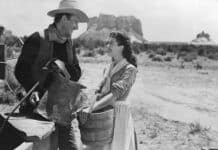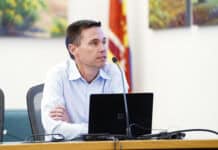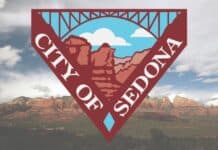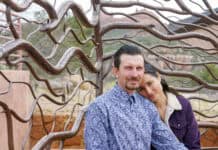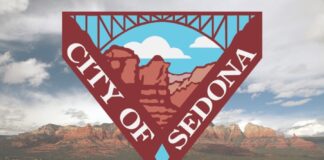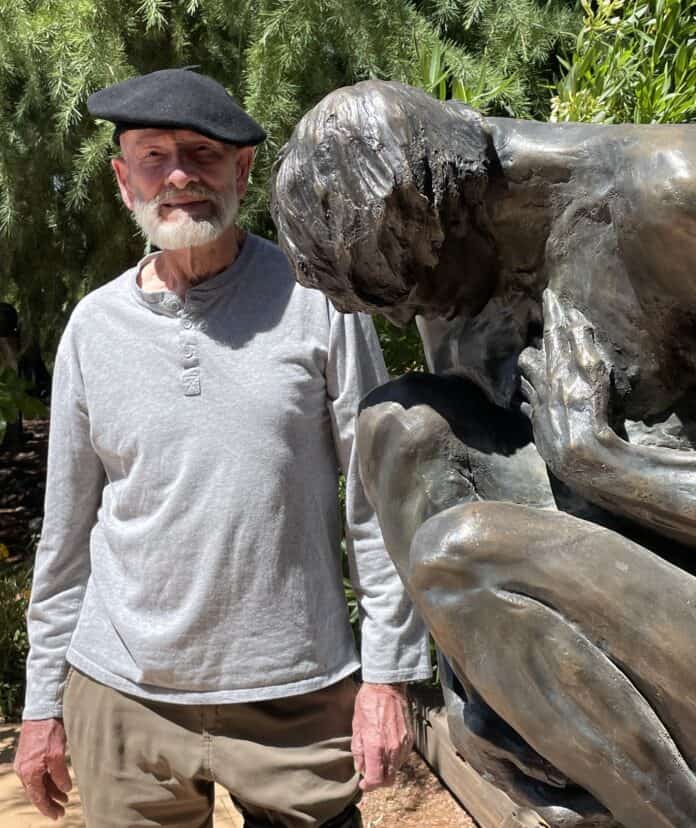
“This sculpture is life-size,” SPL Development Director Anne Marie Mackler said. “It’s a woman, and it will be on the opposite side of where our fireplace is. It was owned privately, and then the owners wanted to make an anonymous donation. Charles DeLay has been the go-between us and the donors and has helped us in setting up the donation. It was valued at $18,000, 20 years ago, and it has been in private collections since then.”
DeLay, who is now 85 and moved to Sedona seven years ago, has been an artist for his entire life. He got his first taste of being a professional artist at the age of 7 in Ohio, where he was born and raised.
“I started selling oil paintings as a kid and was quite successful,” DeLay said. “I was making more money than my mother, who was working in a bakery full-time. She was shocked. I think it was because people saw this little kid selling paintings, and everybody wanted one. It worked out, and it taught me I could make money doing art.”
After dabbling in different fields of art while figuring out how to become a professional sculptor, DeLay discovered that major commission work paid him better than working with galleries. That discovery led to a career path that includes over 100 public sculptures located largely in the Midwest and on the East Coast, as well as several projects in Washington, D.C.
“I have been a representational sculptor, which means I create human forms,” DeLay said. “They’re quite realistic. WhenI came out of art school, I was doing abstract work. I wasn’t enjoying it. I decided that I like to explore the human form. I look at the human form as something that I can relate to, identify with, and express. I’m interested in all aspects of the human being, and the image of a human.”
DeLay sees the sculpting process as a conversation between him and his creations. He creates his works in clay and prefers to work with water-based clay, rather than the oil-based clay that many other sculptors in the region use, in order to execute his ideas rapidly.
“I like to do life-size because it allows me to feel what I’m trying to express,” DeLay said. “I’m working eyeball to eyeball and we have some sort of intellectual dialogue. It allows me to express myself better. Working with small sculptures doesn’t seem to have the immediacy of contact with the piece.”
The conversation DeLay had with “The Poetess” during its creation focused on how DeLay felt that poets are sensitive to their surroundings and need to express that.
“I tried to include that within the expression of the sculpture,”DeLay said. “That sculpture is walking subtly; you look down at her feet, and she has a movement of walking. With that, I could express the dynamics that are taking place within this sensitive person.”
The work of American poet Emily Dickinson has been a continual source of inspiration for DeLay. He has completed a dozen sculptures and paintings of her.
“There’s a mystery and a realism about life that seems to permeate much of her work,” DeLay reflected on Dickinson. “For a long time there were only three photos of Emily Dickinson, but somebody found another one in recent years. Many of my pieces of Emily Dickinson depict her throughout her life, including the last month of her life, when she was terminally ill. I depict all of those times in her life, particularly the one year when she was so productive and produced over 300 poems at her peak. Then the last year of her life, there were only a few [poems], so I painted her as being ill.”
“The Poetess” was exhibited at the Salmagundi Club in New York City in the 1980s, where it won the Gold Medal of Honor award, sparking interest by art Galleries.
“Afterward, I headed back to my studio in Ohio. At that point, I probably had four major commissions that I was working to complete,” DeLay said. “Around the time I turned 70, I wanted to get out from all the contract deadlines and just do my own art. That’s hard to do; you don’t just retire on a date and walk away. Because people are trying to get you to do one more commission, it trailed off over a number of years. Eventually, after I made a couple of moves to Sedona, nobody called me anymore. It was planned that way.”
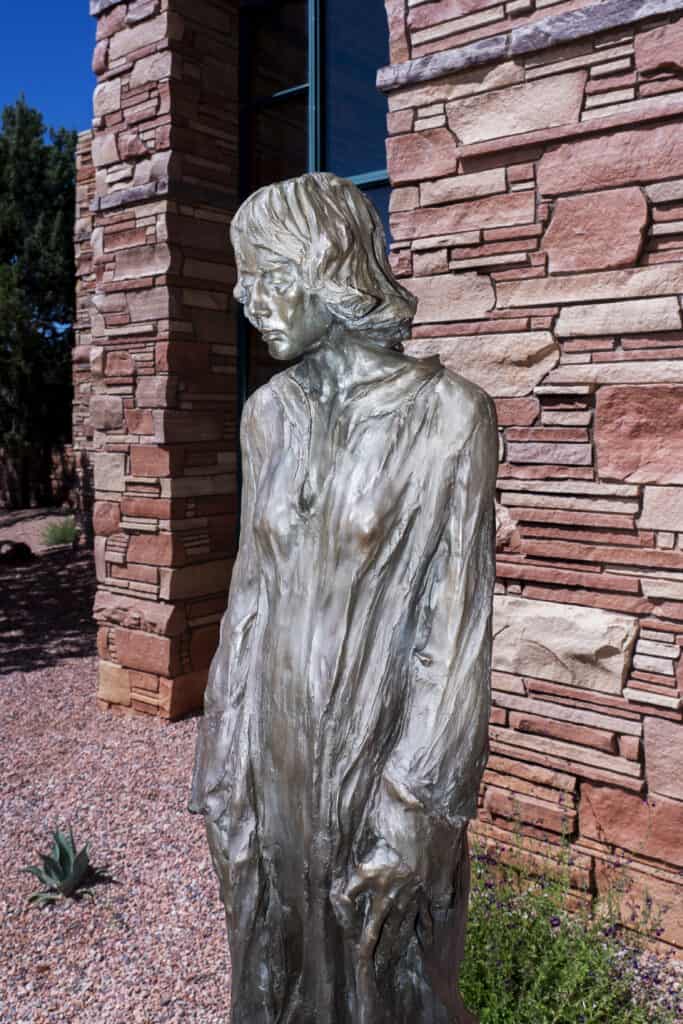
DeLay’s wife Pamela is also an artist who has done local scenery since the couple relocated to Sedona. She primarily does pastel painting and has exhibited at the Sedona Art Center on many occasions as well as nationally. While DeLay now sculpts mainly for his own enjoyment, he will still do an occasional show with a few pieces for sale.


